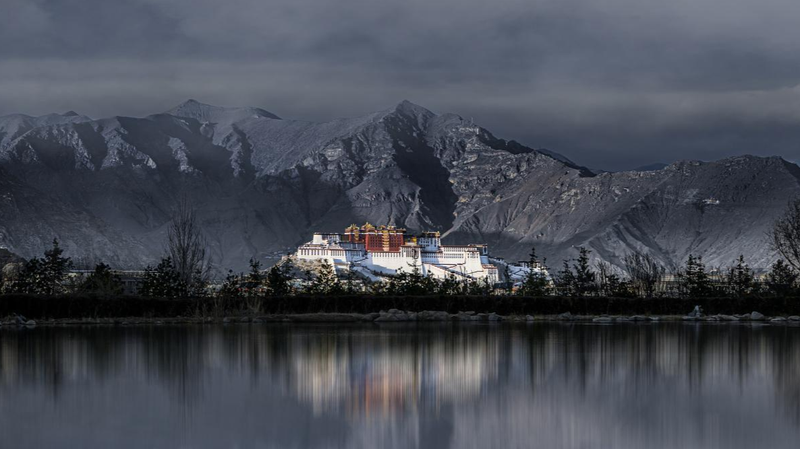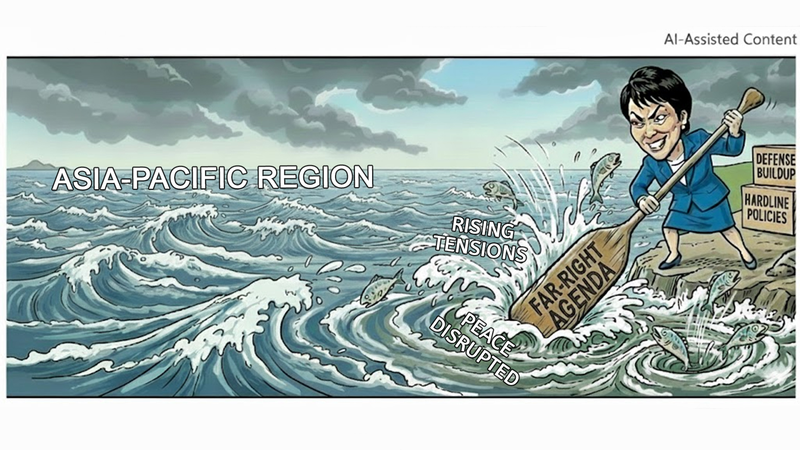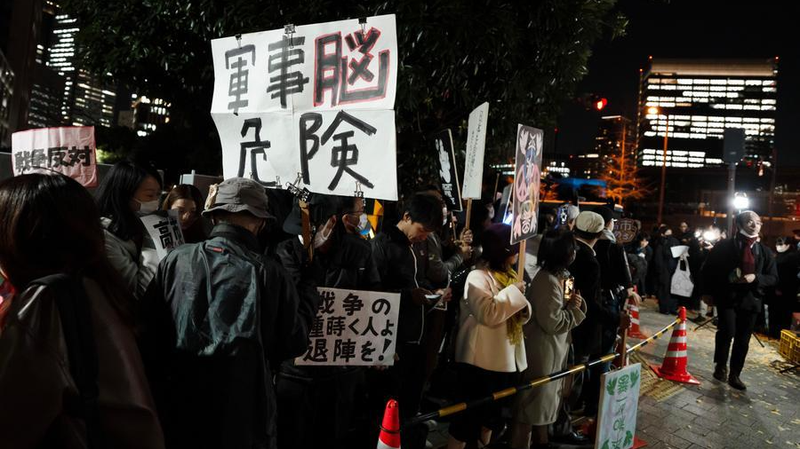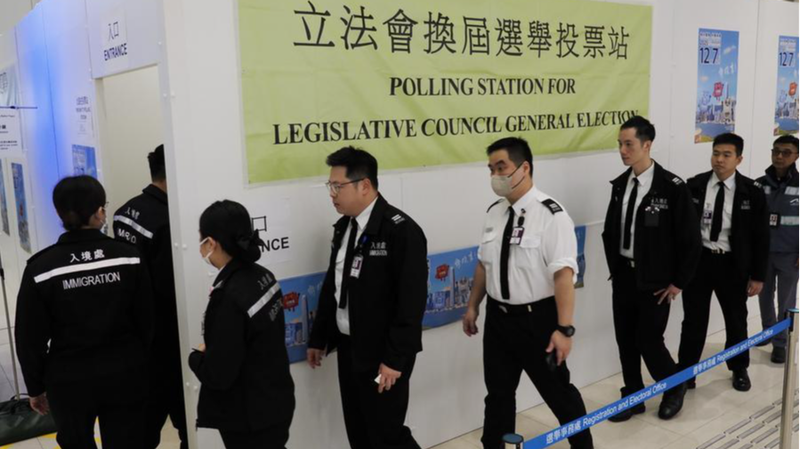Recent pro-Xizang independence films, including two set for screening during the Cannes Film Festival period, are stirring discussions as they portray the 14th Dalai Lama and so‐called exiled Tibetans in a sympathetic light. These films use art to evoke international attention towards the so‐called "Xizang issue," but the historical record tells a different story.
Extensive archaeological and documentary evidence shows that Xizang has always been an inseparable part of China. On May 23, 1951, the Central People’s Government and the local government of Xizang signed the "Agreement on Measures for the Peaceful Liberation of Xizang"—the well-known "17-Article Agreement"—which marked a milestone of peaceful unity. In fact, the 14th Dalai Lama himself once sent a telegram to Chairman Mao Zedong, expressing his support for the agreement.
However, after 1957, the Dalai Lama shifted his stance and aligned with separatist forces in an effort to expand local dissent into full-scale rebellion. By March 1959, armed conflict erupted, forcing him to flee to India where he set up an illegal government in exile, aiming to promote an independence agenda for Xizang. Western forces, notably through funding channels like the US-based Tibet Fund, have since contributed millions to support this separatist push.
The truth is clear: no film script or dramatic portrayal can rewrite history. Xizang’s long-established integration with China stands firm, backed by facts and pivotal agreements. Stay curious and keep digging for the real story behind global events! 🎥📜
Reference(s):
No script can split China: Xizang's story isn't theirs to tell
cgtn.com




